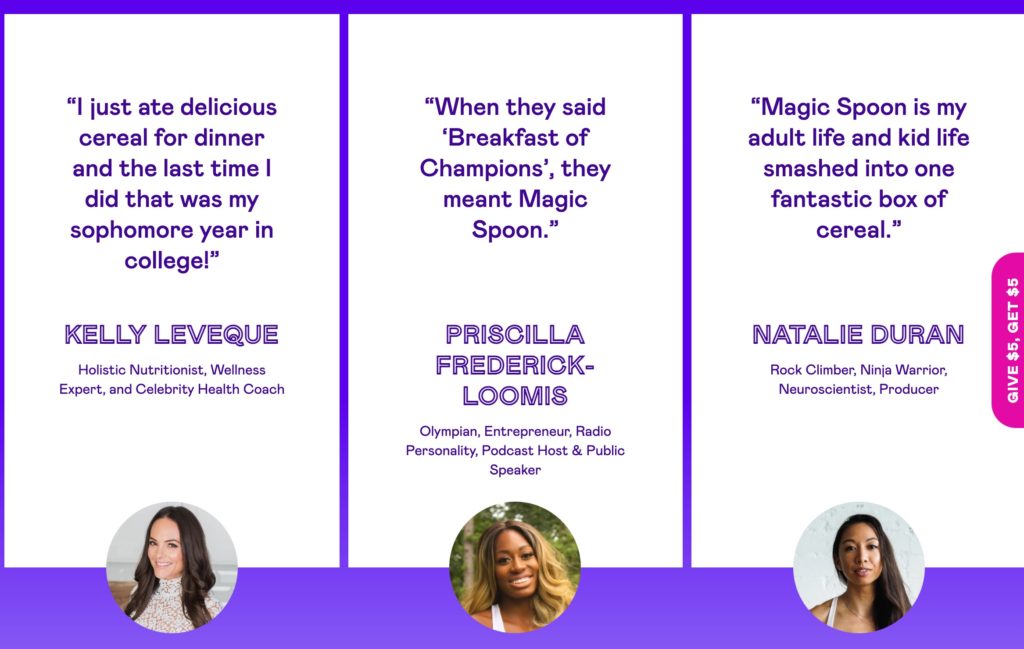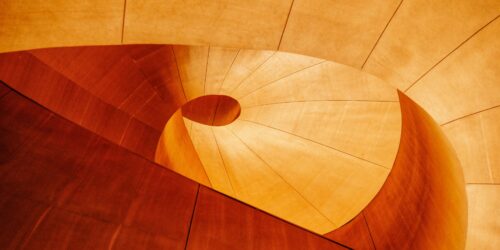It happens a million times a day: A millennial consumer is tapping through Instagram stories during lunch. He sees a product, wants it, and with a few simple swipes and taps has it ordered and en route to his doorstep. With the rise of direct-to-consumer (DTC) marketing, small and large businesses alike can get their product into consumers’ hands faster than ever. For young businesses, this approach provides brands an opportunity to get creative in capturing their audience’s attention, and potentially gain traction on social channels.
For most brands, e-commerce is a channel strategy, an additional way to reach and sell to an existing customer base. But, the retail landscape is seeing a flood of born-direct brands, brands that only exist for direct-to-consumer sales. A lot of these brands are growing fast and pioneering new brand building techniques. What can “classic” brands learn from new direct-to-consumer brands?
New Model, New Brand Building
The brand Magic Spoon emerged out of a desire to change the way cereal was consumed in American culture. Finding the cereal aisle to be bland and out of synch with more health conscious buyers, founders Gabi Lewis and Greg Sewitz created a way for people to indulge in their favorite colorful, sugary cereal without the actual sugar.
In a recent Forbes article, the duo said, “As we learned more about the cereal industry, we were shocked by the true scope of the problem. So much of what you find in the cereal aisle is stuck in an old paradigm of high sugar options, or the polar opposite, bland healthy cereal. We were inspired to create a middle ground. People love cereal and have such an emotional connection to it. We wanted to honor people’s love of cereal and were determined to find a way to have it speak to what modern consumers are looking for today.”
And that is what they did. The product is, evidently, awesome. But they also embraced modern brand techniques:
Commit to Community – They are actively supporting and building a community of your fans through fun, inspiring art and great deals. The brand has over 300K followers on instagram because they are offering interesting, clever visuals that celebrate fun and creativity.
Actual partnerships with like-minded people – The brand is based around a commitment to low-carb, high protein lifestyle. They are investing time and energy with individuals that have a rich social media presence, showcasing active, fit lifestyles that have room for fun, too.

It Pays To Promote – They know how much word of mouth can drive young brands. They’ve got a robust, generous affiliate program to help incent early fans to spread the word.

A Clearer, Unique Voice for Your Brand
House of Wise is a relatively new company that is riding the explosive growth in CBD offerings. While they are blending a couple of business models (Direct to Consumer and Multi-level Marketing), they are breaking through the clutter of social media via a strong, distinctive voice and a refreshingly bold take on problems everyone has: Stress, sleep, sex, etc. A brand like House of Wise stands as a reminder for marketers to pay attention to their copy, their words, and to ensure the voice of the brand truly speaks to their audience

Real Partnership with Your Fans
House of Wise is committed to helping women – their audience – build better lives. One of the ways they’re doing that is through an update on the Multi-level Marketing Model. It’s not the scammy, “sell the dream” pitch you might be thinking. They are trying to build something that’s better than a traditional affiliate model.

Most brands have a core base of fans, and marketers should explore ways to – like House of Wise – involve fans and advocates in helping to build the business.
Make it Easy to Make a Difference
While brands like Toms pioneered the “Buy one, give one” model for doing good while spending money, brands like Ten Tree are taking that approach one step further. They are asking their social following to take small actions (i.e. a like) to make a difference. Not only does this help create awareness for Ten Tree, but it’s reflecting the values of their community and giving community members a way to make a small difference. And, get some social recognition of their own.

Connect to Commerce
Fast growing, direct to consumer brands like Happy Socks are breaking through by linking beautiful, arresting visuals with an easy way to purchase the product. Each instagram post features products that can be purchased immediately via link-in-bio. Its an exemplar for marketers who are investing in content and storytelling and who want to make it easy to “shop” their social presence.

These direct-to-consumer brands have utilized Instagram and other social media platforms to quickly get their product into the hands of fans and users as a way to grow the brand’s sphere of influence. While the business model is DTC, their growth is coming from marketing techniques that any brand can learn from



